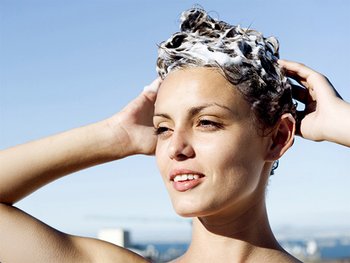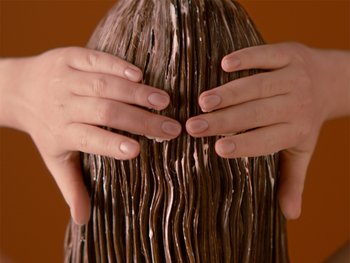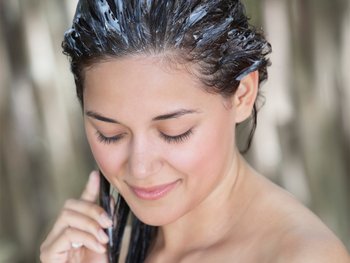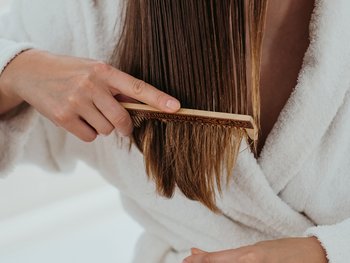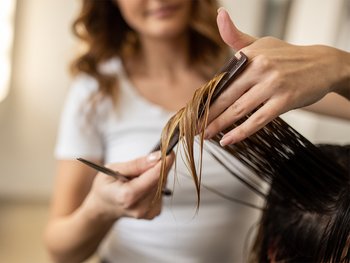How to Take Care of Normal Hair
Have normal hair? You're lucky! Keep it looking its best with these expert-approved tips. Normal hair is typically shiny (but not oily), soft, and manageable. Even so, proper care is essential to prevent frizz, dryness, and unwanted volume.


